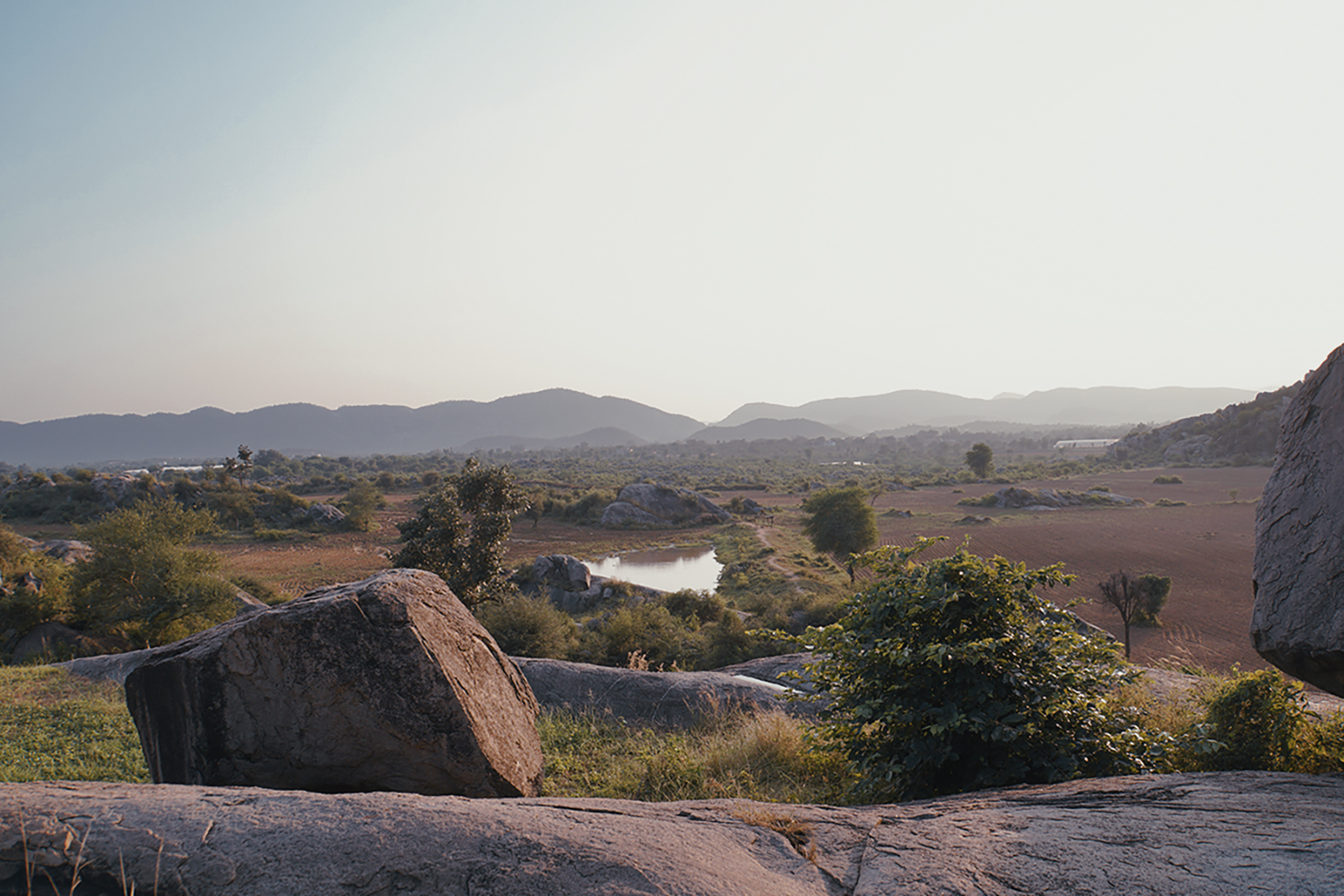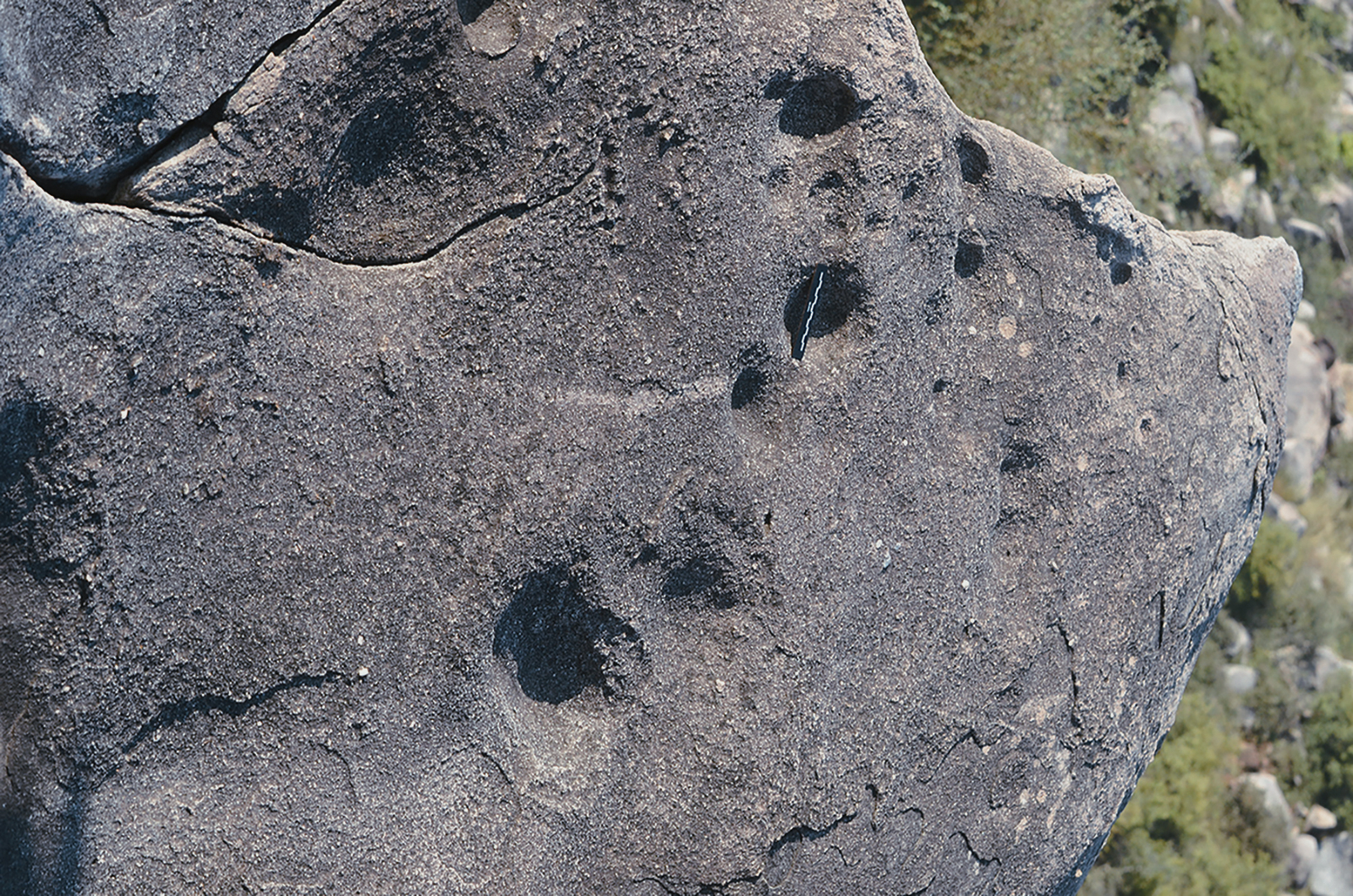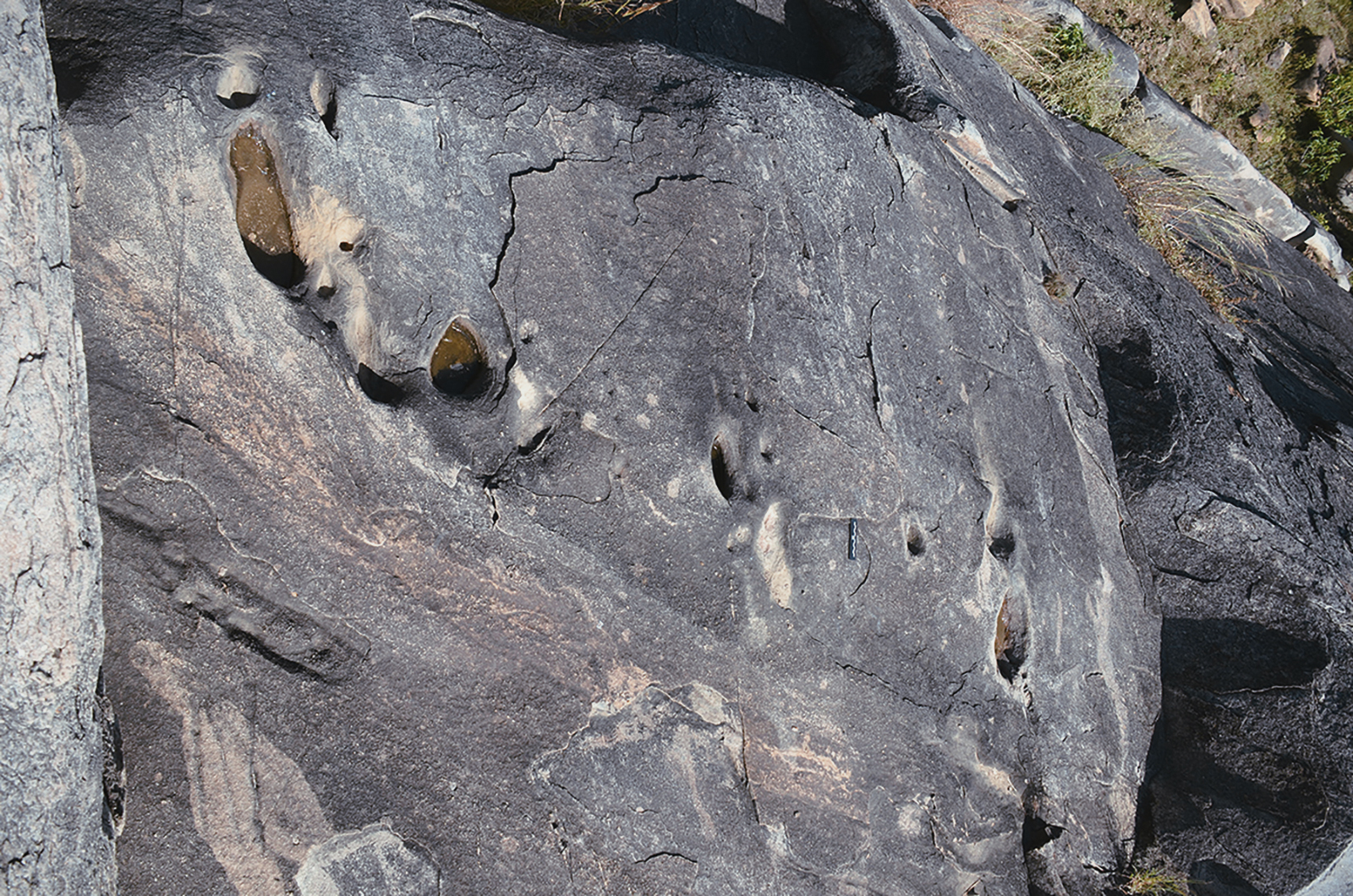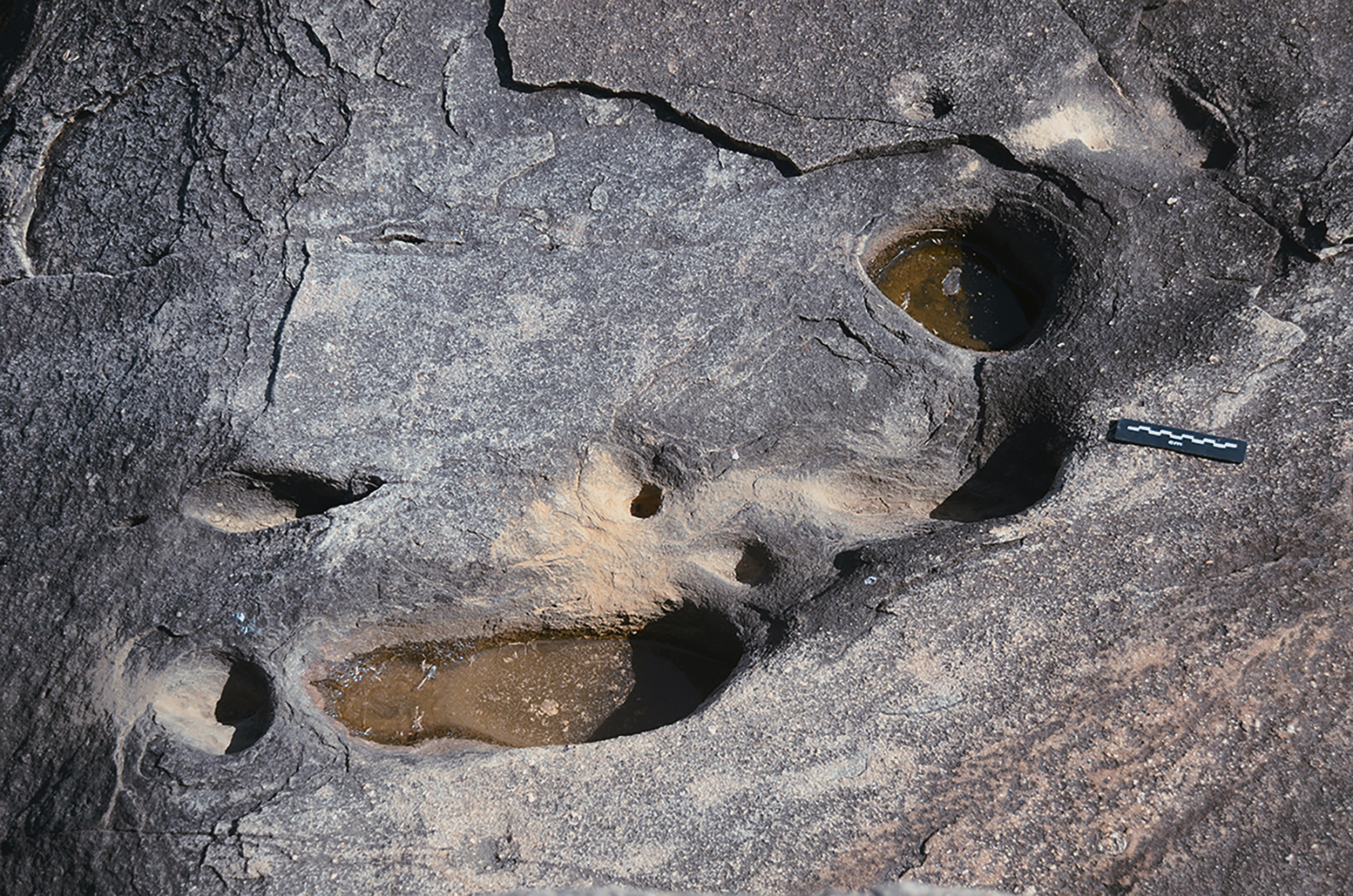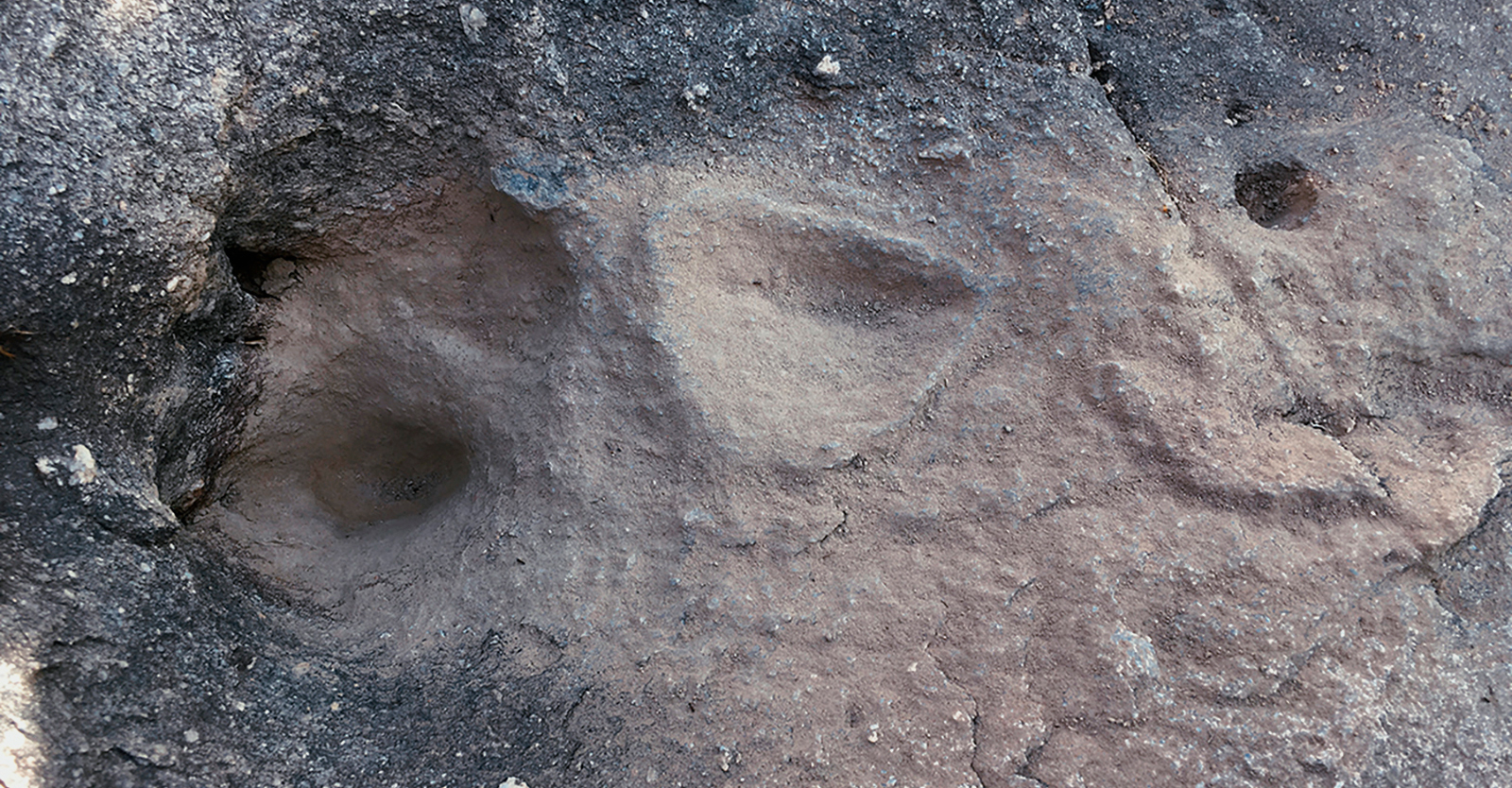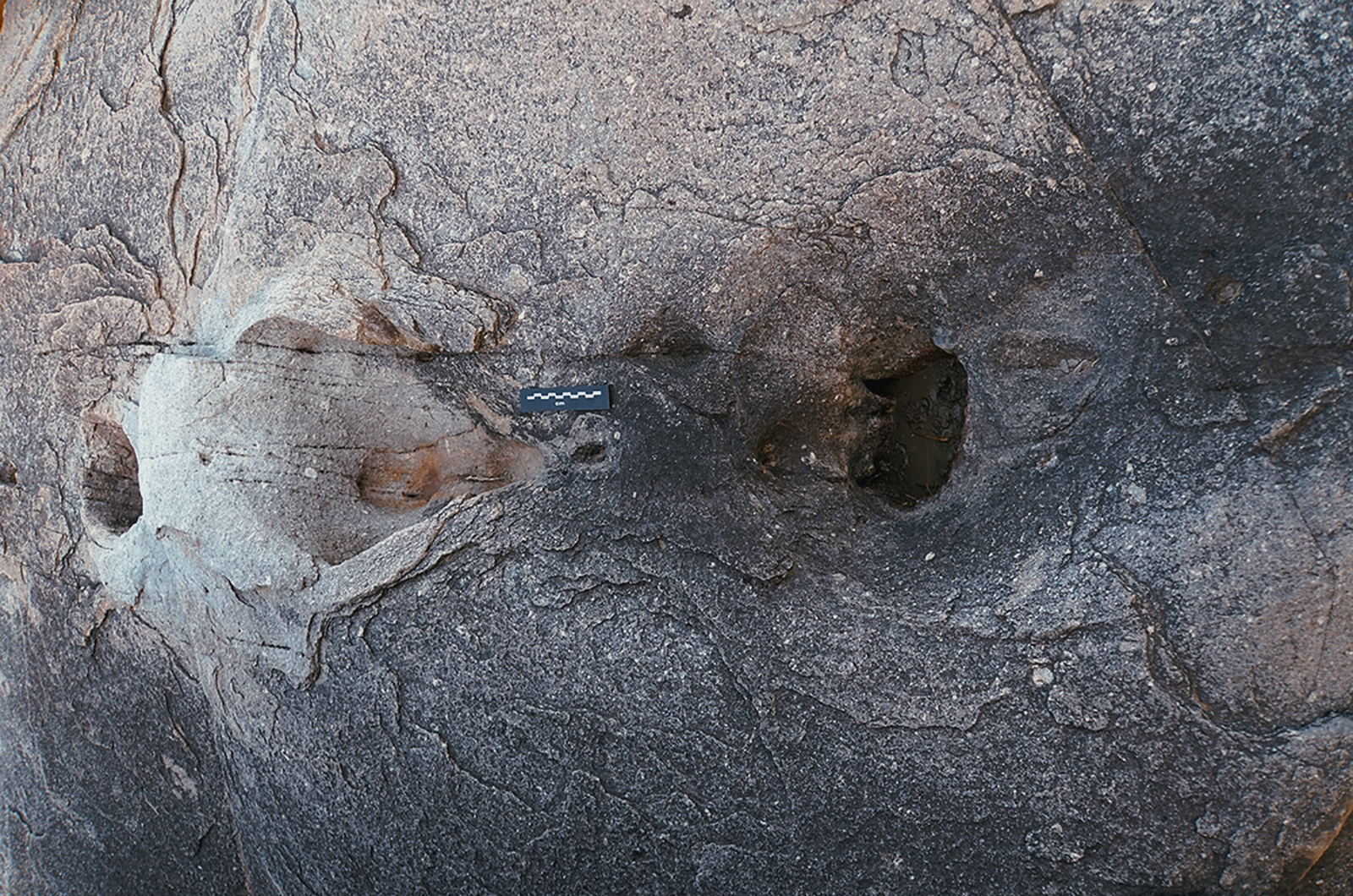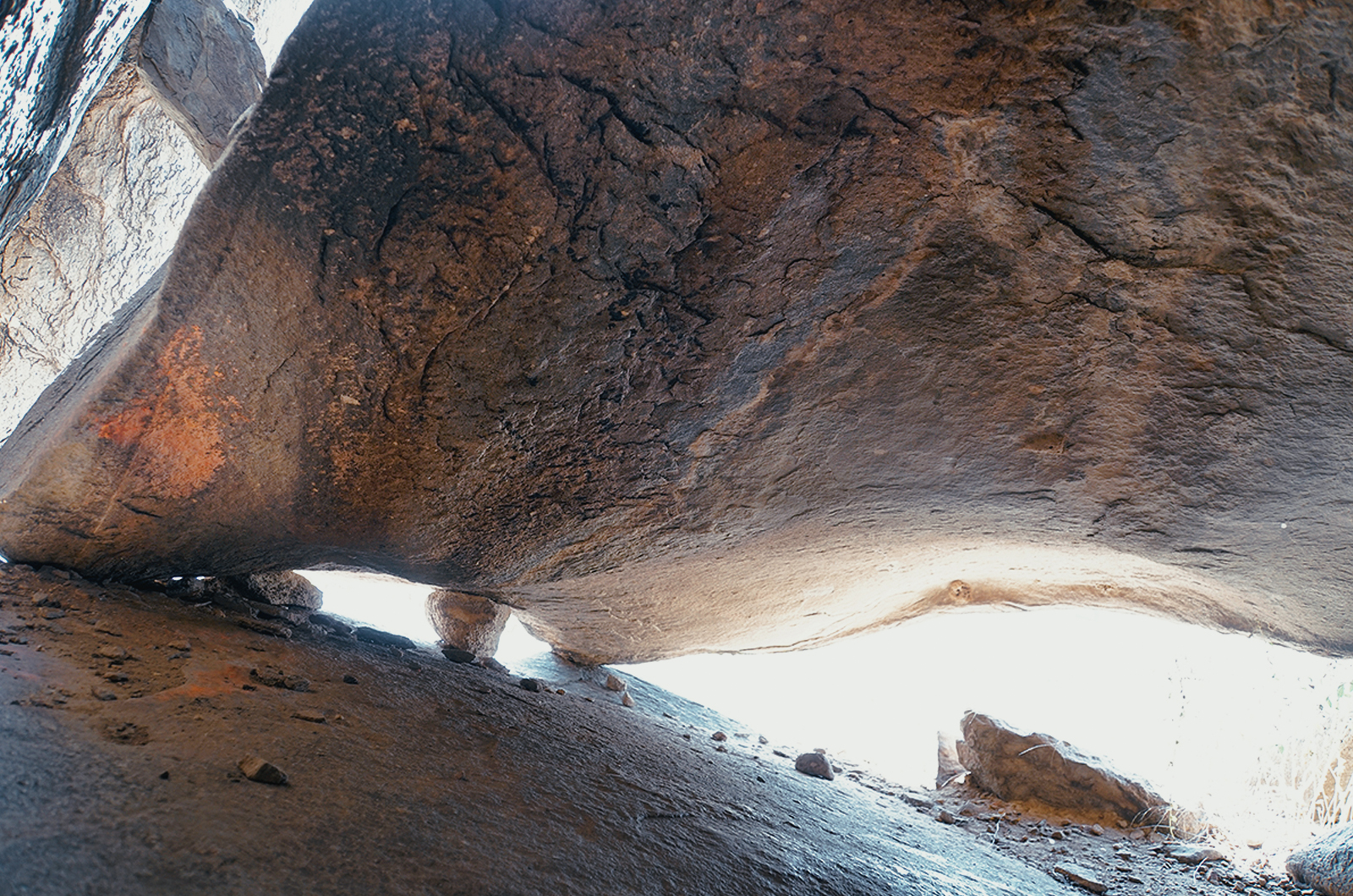
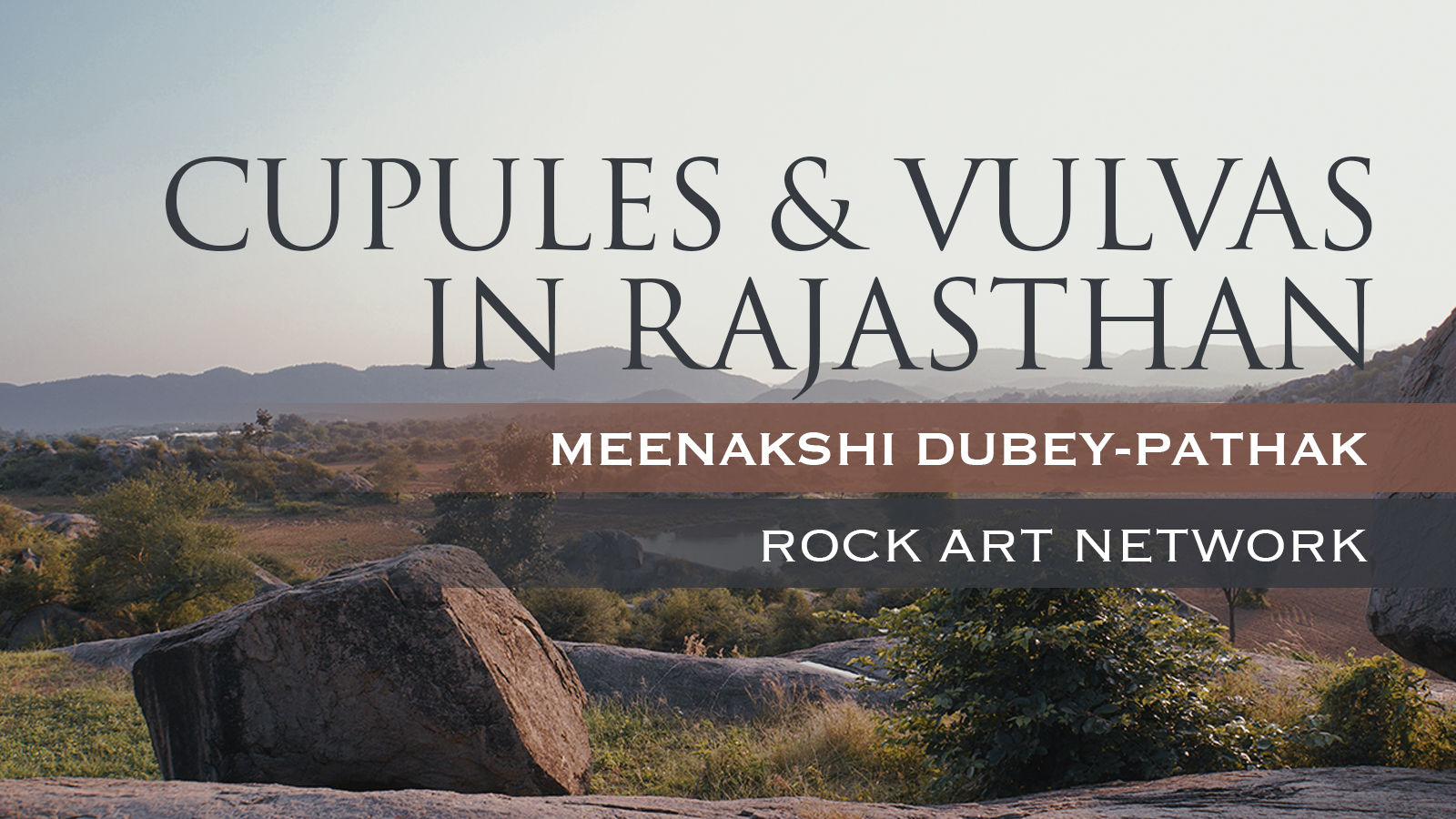
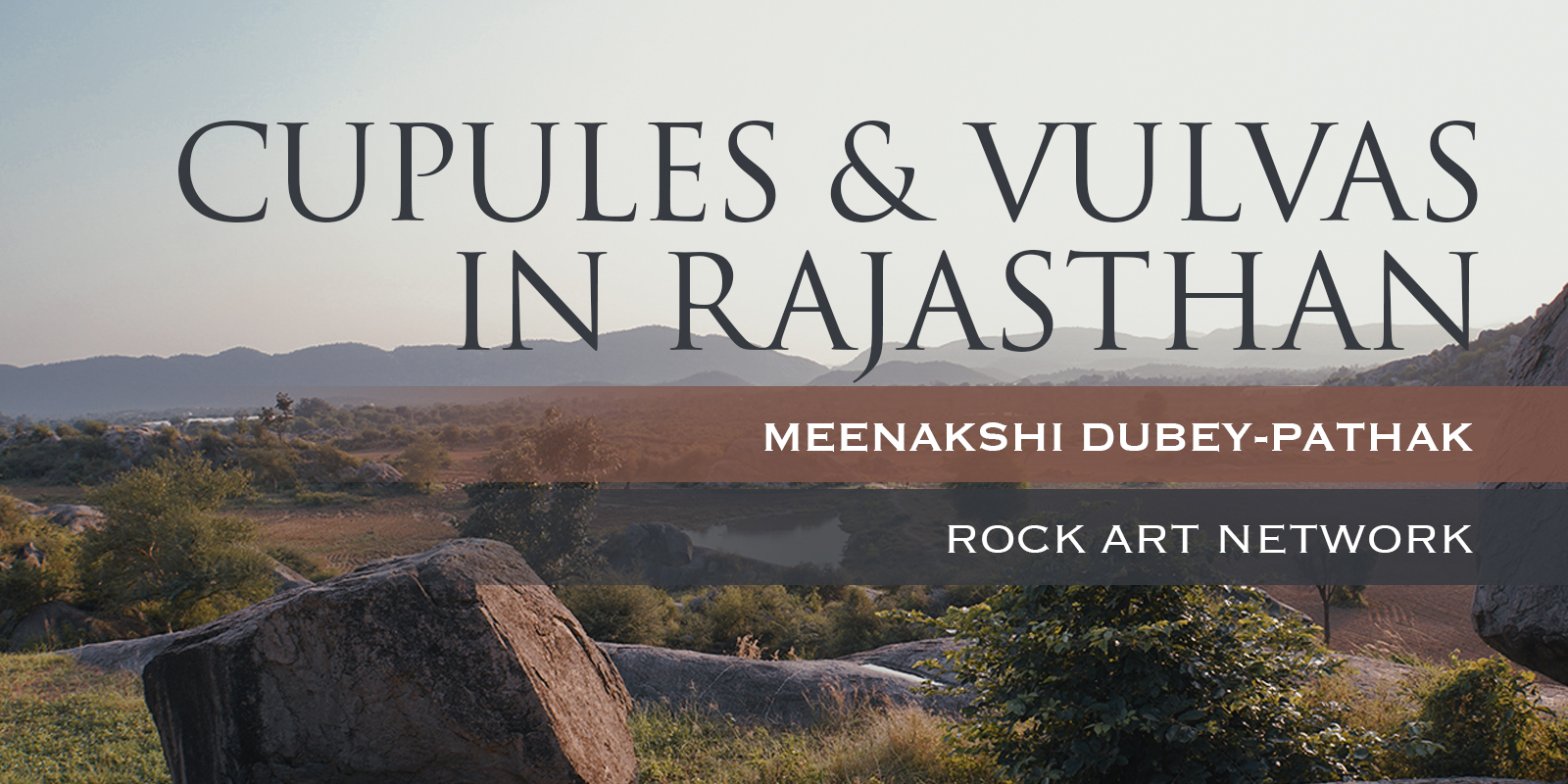
Field notes from Meenakshi Dubey-Pathak
Rajasthan is the biggest State in India - around 342,239 square kilometres. It is located in the north western part of the subcontinent, adjacent to Madhya Pradesh. The Chambal valley connects the two states.
Alwar district is well known for its prehistoric sites. Surrounded by the green hills of the Aravalli mountains.
Deep valleys and thick forests have plenty of wildlife and birds. The landscape of Sariska comprises hills and narrow valleys of the Aravalli hill range. Sariska tiger reserve is not far from the Tahla Village. The forests of Sariska consist of grasslands, dry deciduous forests, tropical forests, and scrub-thorny arid forests. Located approximately 100 kms from Pink City/Jaipur of India, Sariska National Park or Sariska Tiger Reserve is one of the famous places for tiger sightings in India.
Alwar is one of the oldest cities in Rajasthan. Its tradition goes back to at least 1500 BC. It was then famous as Viratnagar, a capital of the Matsyas Kingdom, as described in the Mahabharat.
Rock art is abundant in various parts of Rajasthan, mainly in the Alwar Kota and Bundi area (Dupey-Pathak & Clottes 2017). Other work has been done on the rock art in Rajasthan, eg. Murarilal Sharma has worked in northern Rajasthan. Cupules have been found in two sites near Jhirna (Sharma & Meena 2008). At Bajni Bhat (Alwar District), where 67 cupules have been found, most of the cupules in the rock shelter have been executed on the vertical wall. (Sharma 2012: 269). At Bajni Bhat and Jhiri Nala, microerosion analyses at two of these sites has provided only Holocene ages so far (Bednarik & Kumar 2002, Bednarik 2008:77).
During my latest trip to Rajasthan particularly, in the Alwar district in the Tahla village, I found many cupules and vulvas closely associated with natural holes on the flat surface of granite rocks and boulders. The whole area comes under the buffer zone of the Sariska tiger reserve.
These granite boulders are full of cup marks and cupules but I have noticed that vulvas are not so common in this area. Sometimes, natural marks have been retouched to make vulva shapes. A long range of granite rocks and boulders are located in the outskirts of the Naadu village. This particular area, frequented by leopards, is known as the Leopards point. In small caves/cavities occupied by them we found scat and pugmarks of mother and cubs.
A big flattish rock with many natural deep marks seems to be retouched and small ones are engraved next to big ones. Both slopes of this big rock are marked with many vulvas. Its middle part is without any retouched marks.
A single big flat sloping rock facing north east, approximately 8 by 9 feet, has 36 vulvas in various sizes.
The smallest one is 1cm and the biggest one is 48cms and 10-11cms. All the pubic triangles were carved in the same direction.
In some cases, a big size vulva contains 2-3 smaller vulvas inside. Some are engraved in the vertical rows. All the big holes are filled with water.
The opposite side wall of this big rock is facing south west and also has vulvas in different sizes.
Next to this rock on the lower side I noticed some deposits with pottery shards. After passing through we saw another connected rock with a small cavity that might hold a maximum of two people after crawling there. I saw some sacred vermillion marks (below) on the floor and ceiling. That indicates the importance of that place. A couple of cup marks were carved on the floor of this small cave and some pottery shards were also there. It shows the importance of that particular place. For sure people came to worship the place or maybe it was a secret place to perform magical rituals and could be related with fertility and puberty ceremonies in the past. As per the local villagers a couple of decades back it was occupied by a monk who used to perform rituals here.
Local ethnic communities are Gurjar or Gujjar, an ethnic agricultural and pastoral community. Although traditionally they have been involved in agriculture. Another tribe is Minas that claim connection to the ancient Matsya Kingdom which flourished in the 6th century B.C.
An old man from the Gurjar community told us that 400-500 years back their ancestors used to worship the Goddess Kali and Sidhbaba near those boulders. But now they have made a small temple. They don't climb those boulders any more.
I am thankful to Mr Luv Shekhawat, Abhimanyu and Kushagra for helping me to explore the sites.
Bednarik, R. G. and G. Kumar 2002. The quartz cupules of Ajmer, Rajasthan. Purakala 13(1?2): 45-50.
Bednarick, R.G. 2008. Cupules, Rock Art Research,25 (1): 61-100
DUBEY-PATHAK M. & CLOTTES J., 2016. Les sites d'art rupestre de Bhimlat dans la region de Bundi au Rajasthan / Rock art sites of Bhimlat in the Bundi area of Rajasthan. INORA no. 76.
SHARMA M.L., MEENA M.L., GODHAL V., SAINI K.K., 2008. Dadikar-HajipurRock Art sites in Alwar District. Purakala 18: 83-87.
SHARMA M.L., 2012. Salient Features of the Rock Art of Rajasthan: A Detailed Study. Proceedings of International Conference on Rock Art. New Delhi, IGNCA, 3/13 Dec. 2012, pp. 268-292.
→ Members and affiliated institutions of the Rock Art Network
by
George Nash
5/09/2024 Recent Articles
→ Sigubudu: Paintings of people with guns in the northern uKhahlamba-Drakensberg
by Aron Mazel
22/07/2024
by Richard Kuba
13/06/2024
by Meenakshi Dubey-Pathak
8/03/2024
by Rock Art Network
6/02/2024
by Rock Art Network
14/12/2023
by Sam Challis
5/12/2023
by Aron Mazel
30/11/2023
by Sam Challis
21/11/2023
by Sam Challis
15/11/2023
by Sam Challis
10/11/2023
by Rock Art Network
6/11/2023
by Rock Art Network
3/11/2023
by Aron Mazel
2/11/2023
by Meenakshi Dubey-Pathak
26/09/2023
by Paul Taçon
24/08/2023
by Aron Mazel
13/06/2023
by Paul Taçon
5/06/2023
by Paul Taçon
15/03/2023
by George Nash
14/03/2023
by Noel Hidalgo Tan
10/02/2023
by George Nash
01/02/2023
by Meenakshi Dubey-Pathak, Pilar Fatás Monforte
29/11/2022
by Aron Mazel, George Nash
21/09/2022
by Paul S.C. Taçon, Sally K. May, Ursula K. Frederick, Jo McDonald
07/07/2022
by Meenakshi Dubey-Pathak
26/07/2022
by Paul Taçon
20/07/2022
by David Coulson
16 June 2022
by Paul Taçon
25 April 2022
by Noel Hidalgo Tan
20 April 2022
by Meenakshi Dubey-Pathak
14 March 2022
by Carolyn Boyd & Pilar Fatás
02 March 2022
by David Coulson
07 February 2022
by Johannes H. N. Loubser
06 February 2022
by Meenakshi Dubey-Pathak
05 February 2022
by Aron Mazel
28 January 2022
by Aron Mazel
8 September 2021
by David Coulson
17 August 2021
by Ffion Reynolds
21 June 2021

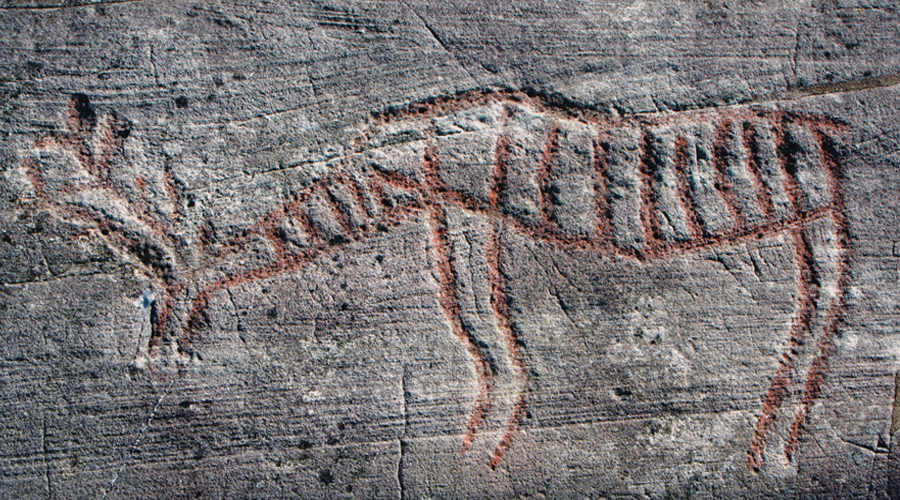
by Aron Mazel
22/07/2024
by Richard Kuba
13/06/2024
by Meenakshi Dubey-Pathak
8/03/2024
by Rock Art Network
6/02/2024
by Rock Art Network
14/12/2023
by Sam Challis
5/12/2023
by Aron Mazel
30/11/2023
by Sam Challis
21/11/2023
by Sam Challis
15/11/2023
by Sam Challis
10/11/2023
by Rock Art Network
6/11/2023
by Rock Art Network
3/11/2023
by Aron Mazel
2/11/2023
by Meenakshi Dubey-Pathak
26/09/2023
by Paul Taçon
24/08/2023
by Aron Mazel
13/06/2023
by Paul Taçon
5/06/2023
by Paul Taçon
15/03/2023
by George Nash
14/03/2023
by Noel Hidalgo Tan
10/02/2023
by George Nash
01/02/2023
by Meenakshi Dubey-Pathak, Pilar Fatás Monforte
29/11/2022
by Aron Mazel, George Nash
21/09/2022
by Paul S.C. Taçon, Sally K. May, Ursula K. Frederick, Jo McDonald
07/07/2022
by Meenakshi Dubey-Pathak
26/07/2022
by Paul Taçon
20/07/2022
by David Coulson
16 June 2022
by Paul Taçon
25 April 2022
by Noel Hidalgo Tan
20 April 2022
by Meenakshi Dubey-Pathak
14 March 2022
by Carolyn Boyd & Pilar Fatás
02 March 2022
by David Coulson
07 February 2022
by Johannes H. N. Loubser
06 February 2022
by Meenakshi Dubey-Pathak
05 February 2022
by Aron Mazel
28 January 2022
by Aron Mazel
8 September 2021
by David Coulson
17 August 2021
by Ffion Reynolds
21 June 2021
Friend of the Foundation


by Aron Mazel
22/07/2024
by Richard Kuba
13/06/2024
by Meenakshi Dubey-Pathak
8/03/2024
by Rock Art Network
6/02/2024
by Rock Art Network
14/12/2023
by Sam Challis
5/12/2023
by Aron Mazel
30/11/2023
by Sam Challis
21/11/2023
by Sam Challis
15/11/2023
by Sam Challis
10/11/2023
by Rock Art Network
6/11/2023
by Rock Art Network
3/11/2023
by Aron Mazel
2/11/2023
by Meenakshi Dubey-Pathak
26/09/2023
by Paul Taçon
24/08/2023
by Aron Mazel
13/06/2023
by Paul Taçon
5/06/2023
by Paul Taçon
15/03/2023
by George Nash
14/03/2023
by Noel Hidalgo Tan
10/02/2023
by George Nash
01/02/2023
by Meenakshi Dubey-Pathak, Pilar Fatás Monforte
29/11/2022
by Aron Mazel, George Nash
21/09/2022
by Paul S.C. Taçon, Sally K. May, Ursula K. Frederick, Jo McDonald
07/07/2022
by Meenakshi Dubey-Pathak
26/07/2022
by Paul Taçon
20/07/2022
by David Coulson
16 June 2022
by Paul Taçon
25 April 2022
by Noel Hidalgo Tan
20 April 2022
by Meenakshi Dubey-Pathak
14 March 2022
by Carolyn Boyd & Pilar Fatás
02 March 2022
by David Coulson
07 February 2022
by Johannes H. N. Loubser
06 February 2022
by Meenakshi Dubey-Pathak
05 February 2022
by Aron Mazel
28 January 2022
by Aron Mazel
8 September 2021
by David Coulson
17 August 2021
by Ffion Reynolds
21 June 2021
Friend of the Foundation
